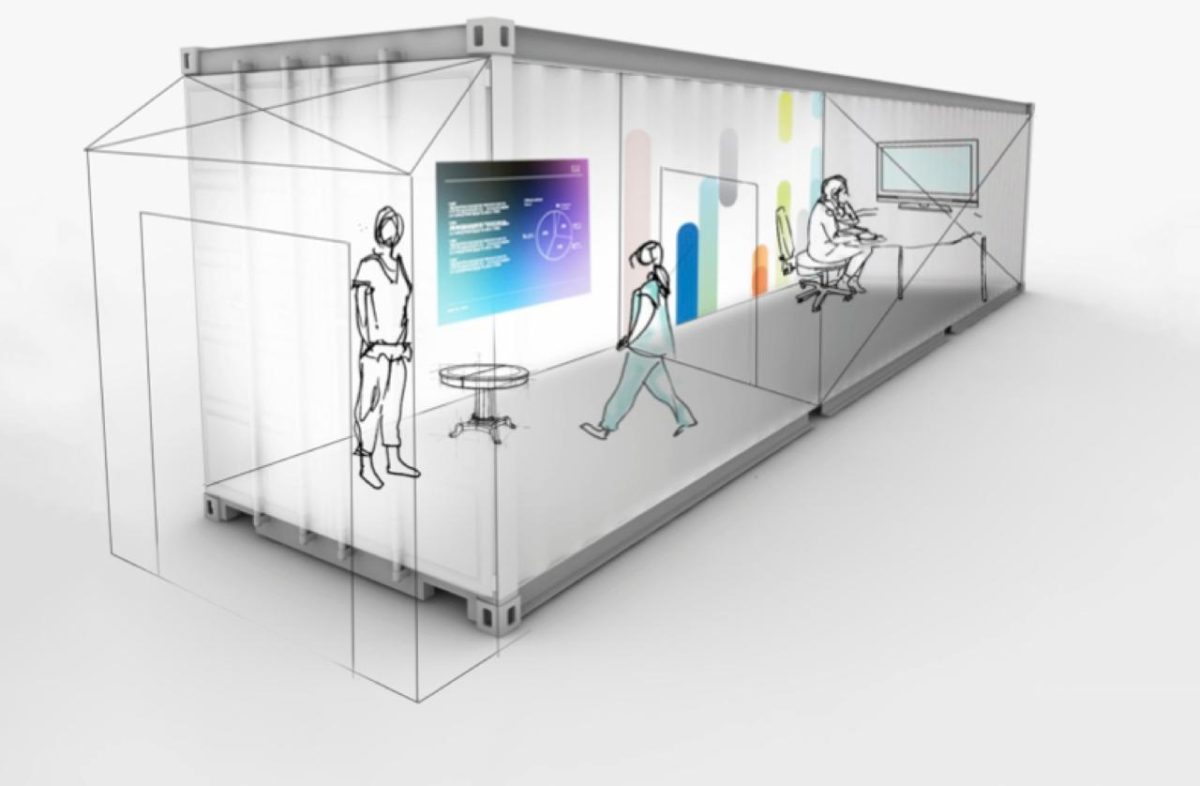Ever since one of the largest humanitarian wars started in 2011, 11 million people have fled their homes (Syrian Refugees EU, 2016). Since then, they faced distress and difficulty to reach safer places. But what is new is that the refugees are tech lovers, they know everything about the latest and greatest technology. Thus, they travel most of the time not only with cash but also with their phone. However, while most of them are very well accustomed with the language of tech, real language barriers still obstruct them.
Imagine that you would arrive after a long, frustrating and dangerous journey. You might have medical problems afterwards but how can you communicate with the doctors if they do not speak the same language? Imagine that you are queued up with a lot of people to do a medical check, but what after the long wait there if there is no translator who is able to speak your language?
The refugee crisis is not only very challenging for the refugees themselves, it also creates major challenges for governments of the countries in which the people arrive. Take Germany for example, how can they organize good medical treatment for over 60,000 refugees?
That is where tech companies can make the difference. Cisco, a tech company well known for connecting everything, collaborated together with the City of Hamburg, private sector partners and the university hospital Hamburg to build the first of its kind “Refugee First Response Center”. The Refugee First Reponse Center was build out of a shipping container. After which it was equipped with Wi-Fi and real-time translation service. The real-time translation service works as follows; it consists of video translators who are able to speak 50 languages only at the push of a button. Thus, this of course provided the assistance, which was needed during the medical consultations. Refugees were now able to connect with the doctor, which helped both to provide and receive the best aid possible.
This story shows just one example of how tech is helping for the greater good. However, the story does not end here. Everyday people, companies and technologies together create extraordinary things.
Interested? Watch more about it in the section below.
Sources:
Syrian Refugees EU (2016): http://syrianrefugees.eu
Refugee First Response Center (2016): http://refugeefirstresponsecenter.com
NOS (2015): http://nos.nl/op3/artikel/2085743-techfugees-hoe-de-techwereld-vluchtelingen-helpt.html
Computer Weekly (2015): http://www.computerweekly.com/feature/How-technology-is-helping-deliver-aid-to-Syrian-refugees-in-the-Middle-East


Hi Elisa, this is really an interesting topic and I love how technology is able to help others! Especially in the case of refugees, since they often have a very difficult time.
However, I was wondering whether this is currently used for medical reasons only? Since I feel that this is a limited solution for refugees, because they are in need of translation for many causes, for example applying for asylum or explaining that you are in need of a specific good, like blankets, or asking where your family members are. This technology should therefor be extended to help them in more instances.
On the other hand, I think this solution is very expensive, since it probably costs a lot of money to have translators available at all times. I also expect that the technological equipment which is necessary to accomplish this, is expensive. Therefore, I do not see this happening in more locations.
I think the initiative itself is amazing, however, maybe a solution which is cheaper and which is able to assist them more often, would be more useful to create a more convenient environment for refugees. An example of this could be to create the ability for refugees to use Google Translate, would already decrease the costs enormously.
Hi Elisa, thank you for your post and I agree with Tessa – I love how technology is able to help others. I was wondering if you had heard about the Restart Network in Rotterdam? This network teaches refugees how to code and in the beginning of this month the first class graduated. I think it is amazing how people try to help and find ways to not only make things a little bit easier for refugees, but also to hopefully show others’ that they don’t need to be afraid of refugees. If you are interested, this is Restart’s Facebook: https://www.facebook.com/restartnetwork/?pnref=lhc
Definitely a relevant topic Elisa, I reckon it’s very important to have a beneficiary-centric approach with the tech that we are developing. Sometimes an excess of good will can lead to a plethora of tech solutions that the target group might not need or use. An interesting article to consider with respect to this is “Refugees don’t need your apps” by the Huffington Post:http://www.huffingtonpost.com/2016/06/30/refugees-dont-need-your-a_n_10757006.html
To quote the aforementioned article, “why not, instead, work on capacity-building for organizations that are already on the ground?”
Integration itself has to work both in analog and digital fashion. The debate whether to welcome the influx of people from different cultures is naturally high in emotions. What cannot be denied however, is that millions of newcomers are here already, who, short or long term, will shape our society. We have to give our newcomers tools to work efficiently in our economy. Our economy is moving more and more towards digital, whereas in many refugee-producing regions the largest industries are often agriculture or manufacturing. By teaching people programming languages and other emerging technologies in our European economy we can make a strong case to shorten the distance to the labor market. Also thanks to @Ananda for mentioning our initiative here 🙂 Most of our graduates are now getting hired by digital agencies and other tech companies in the region and this is a tremendous step forward.